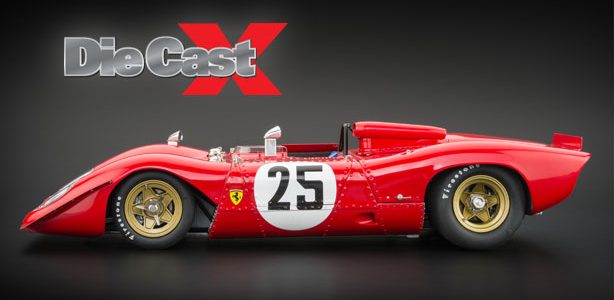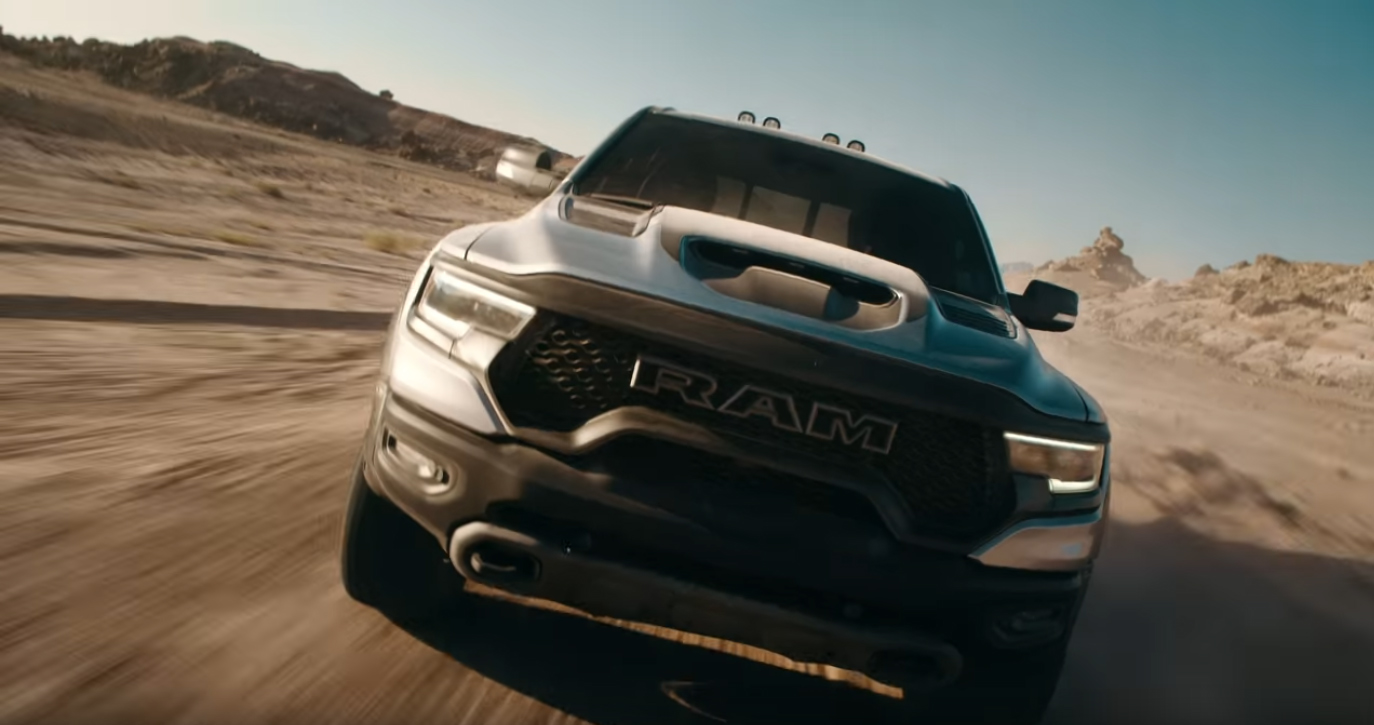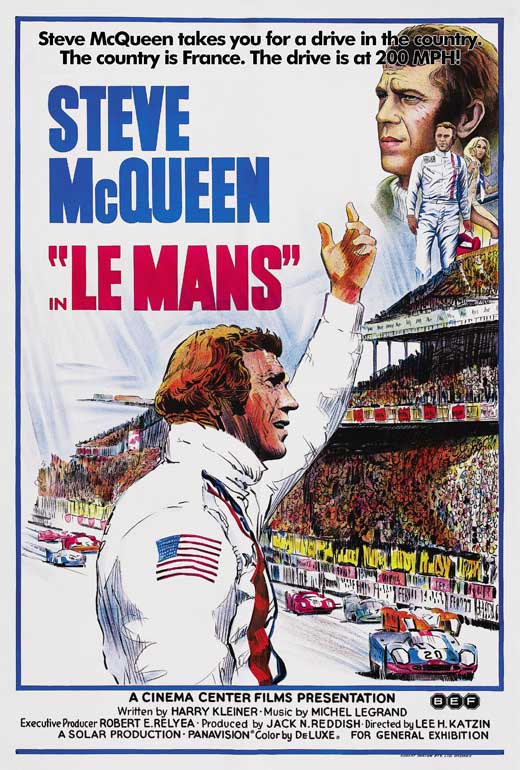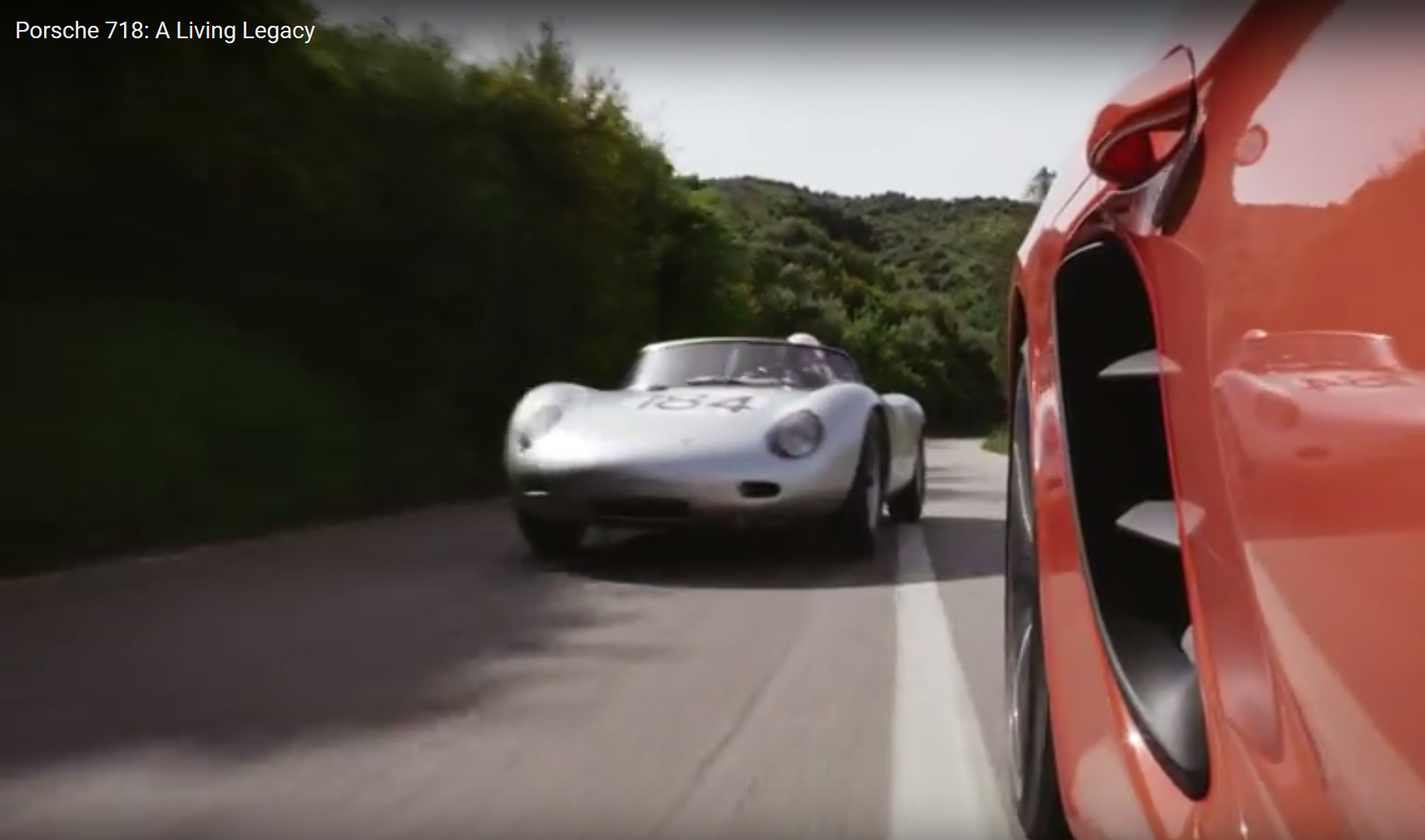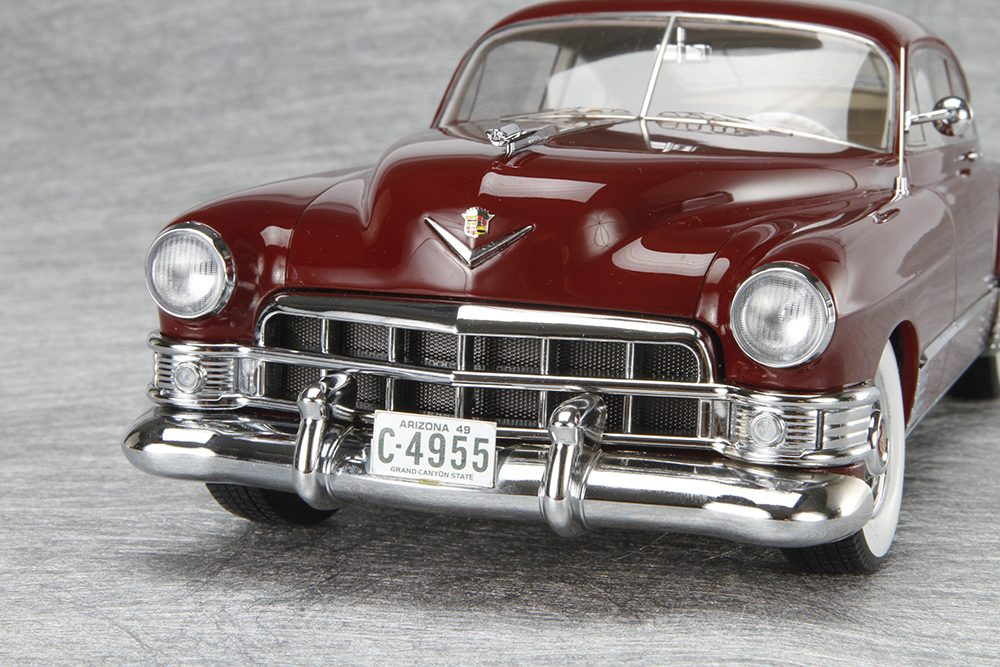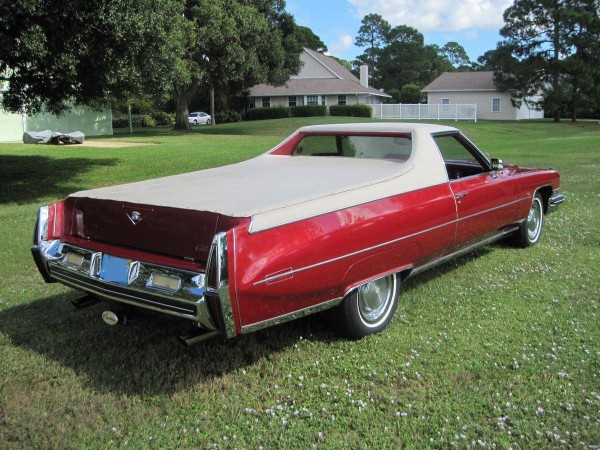![]()
<!–
| See the GMP 2002 Team Corvette C5-R diecast version click here |
–>
Few will dispute that the beach lifestyle is largely centered on Southern California. For decades, music has been written about it, and movies shown worldwide have spread the culture to every corner of the globe. The sun, sand and surf made Frankie and “Annette” household names.![]()
While longboards and hangin 10 were cool, equally special was how surfers got to the beach, or at the very least, how song, film and television depicted the fashion in which dudes and babes rode SoCals asphalt waves to the gleaming shoreline. Woodies were the vehicle most closely related to the surf culture; however, dune buggies, hot-rods, trucks and, more recently, vans have all been accepted into the beach scene. Jan and Dean provided the most famous glimpse to the world in their song Surf City. Released in 1963, the duo sang:![]()
“I gotta cool little wagon, and they call it a woody. It aint got a back seat or a rear window, yet it still gets me where I wanna go.”![]()
Wood had been a material of automotive exteriors from day one. Some of the worlds most prestigious cars had driver/passenger bodies fashioned from wood. Others, such as Fords Depot Hacks, were strictly utilitarian vehicles used to transport luggage (and sometimes people) to and from train stations to resorts and hotels. In the 1960s, Revell Model Co. offered a 1:24-scale plastic model of a 1931 Ford Depot Hack Woody with a surf scene package. The depiction was not far from the reality of the day. The basic woody wagon had become an undesirable and often neglected form of cheap transportationperfect for serious surfers living the beach lifestyle. ![]()
The 1934 Ford woody wagon could be called the first SUV. For $660 (nearly 27 percent more expensive than a standard sedan), these nine-passenger wagons were the stylish way to move larger families. Nearly every manufacturer offered wooden-body vehicles, and most were the highest-priced models of their respected lines. ![]()
During World War II and for a few years after, steel was in short supply, and partial wooden-body vehicles were as necessary as they were stylish. So popular were woodies that Ford owned its own forest near a coach-crafting plant in Iron Mountain, MI, where the wood bodies were made. ![]()
As a new era in styling evolved, wood became less and less practical. The splendor of maple, birch and mahogany was gone as manufacturers switched to molded plywood or abandoned the idea of wooden bodies all together. By 1953, only Ford still made a wooden body, and it used wood-like mate-rial; real wood had vanished from production. ![]()
Woodies became popular surfer sleds when owners, because of the high maintenance of wood, began to sell off or abandon the vehicles in favor of more durable, modern body styles. Surfers, never known for their vast supply of cash, saw the old woody wagons as cheap ways to carry massive boards and still have room for a few boarding buddies. By the early 1960s, surf culture was becoming the coolest youth activity in California, Hawaii and Florida. Old woodies were a dime-a-dozen and became not only the ideal vehicle for the wave riders but also a status symbol of the beach set. ![]()
Today, woodies are highly coveted not just by old surfers but also by car collectors and restorers. No longer cheap, a sizable investment is necessary to purchase and/or restore such a vehicle. Still, they are as much an icon of the surfer lifestyle as bushy blond hair, longboards, dark blue Vans shoes and white pocket T-shirts worn under ripped Pendletons. ![]()



